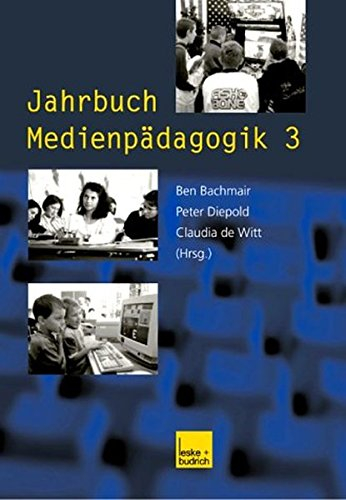Abstract
The media system today is largely market-based and is also and increasingly aimed at children as customers. Children have thus become an important target group of the media. This applies on the one hand to media which are (almost) purely children's media, such as audio cassettes (cf. Gangloff/Abarbanell 1994, pp. 221-226; Treumann/Gartemann/Schnatmeyer/Röllecke 1996), but also to all other media such as computer games), video, books and magazines/books and of course television (cf. Meister/Sander 1998; Erlinger 1997). Radical positions see a fundamental change in childhood associated with this development (some of them very negative: Glogauer 1995); there is talk, for example, of the "disappearance of childhood" (Postman 1983), the "gradual disappearance of reality" (von Hentig 1984) or the "end of education" (Postman 1997). In media research, however, adolescents or adults are studied much more intensively than children, although there are of course also empirical media studies that include children or refer only to children (cf. Bachmair/Kress 1996, Charlton/Neumann-Braun et al. 1995, Meister/Sander 1998, Baacke/Sander/Vollbrecht et al. 1999). One reason for this may be that children's media studies, and especially studies with younger children, cannot fall back on the classical methodological survey instruments (written questionnaire surveys, standardised oral or telephone interviews, etc.) of media research. For example, 12-year-olds or 14-year-olds can certainly be surveyed with an instrument that can also be applied to older adolescents or adults. With younger children, however, comprehension problems with questions, poor or non-existent reading and writing skills, barely developed concepts of time and quantity and concentration problems pose major methodological problems...

